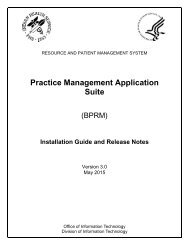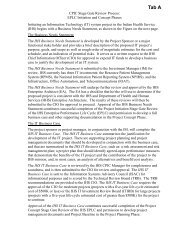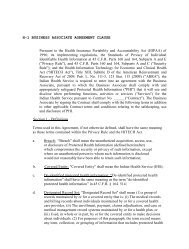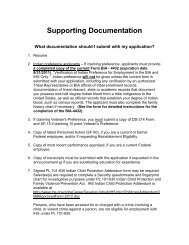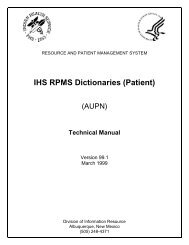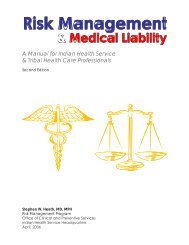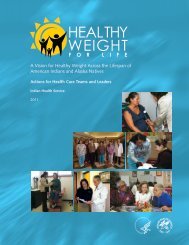CDC Article-US Medical Eligibility Criteria for Contraceptive Use, 2010
CDC Article-US Medical Eligibility Criteria for Contraceptive Use, 2010
CDC Article-US Medical Eligibility Criteria for Contraceptive Use, 2010
You also want an ePaper? Increase the reach of your titles
YUMPU automatically turns print PDFs into web optimized ePapers that Google loves.
64 MMWR June 18, <strong>2010</strong><br />
Appendix F<br />
Classifications <strong>for</strong> Copper Intrauterine Devices <strong>for</strong><br />
Emergency Contraception<br />
A copper IUD (Cu-IUD) can be used within 5 days of<br />
unprotected intercourse as an emergency contraceptive.<br />
However, when the time of ovulation can be estimated, the<br />
Cu-IUD can be inserted beyond 5 days after intercourse, if<br />
necessary, as long as the insertion does not occur >5 days after<br />
ovulation.<br />
The eligibility criteria <strong>for</strong> interval Cu-IUD insertion also<br />
apply <strong>for</strong> the insertion of Cu-IUDs as emergency contraception<br />
(Box). Cu-IUDs <strong>for</strong> emergency contraception do not<br />
protect against sexually transmitted infections (STIs) or human<br />
immunodeficiency virus (HIV).<br />
BOX. Categories <strong>for</strong> Classifying Cu-IUDs as Emergency Contraception<br />
1 = A condition <strong>for</strong> which there is no restriction <strong>for</strong> the use of the contraceptive method.<br />
2 = A condition <strong>for</strong> which the advantages of using the method generally outweigh the theoretical or proven risks.<br />
3 = A condition <strong>for</strong> which the theoretical or proven risks usually outweigh the advantages of using the method.<br />
4 = A condition that represents an unacceptable health risk if the contraceptive method is used.<br />
TABLE. Classifications <strong>for</strong> copper intrauterine devices <strong>for</strong> emergency contraception* †<br />
Condition Category Clarifications/Evidence/Comments<br />
Pregnancy 4 Clarification: IUD use is not indicated during pregnancy and should not be used because<br />
of the risk <strong>for</strong> serious pelvic infection and septic spontaneous abortion.<br />
Rape<br />
a. High risk <strong>for</strong> STI 3 Comment: IUDs do not protect against STI/HIV or PID. Among women with chlamydial<br />
infection or gonorrhea, the potential increased risk <strong>for</strong> PID with IUD insertion should be<br />
avoided. The concern is less <strong>for</strong> other STIs.<br />
b. Low risk <strong>for</strong> STI 1<br />
* Abbreviations: IUD = intrauterine device; Cu-IUD = copper IUD; STI = sexually transmitted infection; HIV = human immunodeficiency virus; PID = pelvic<br />
inflammatory disease<br />
†<br />
Cu-IUDs <strong>for</strong> emergency contraception do not protect against STI/HIV. If risk exists <strong>for</strong> STI/HIV (including during pregnancy or postpartum), the correct<br />
and consistent use of condoms is recommended, either alone or with another contraceptive method. Consistent and correct use of the male latex condom<br />
reduces the risk <strong>for</strong> STIs and HIV transmission.



